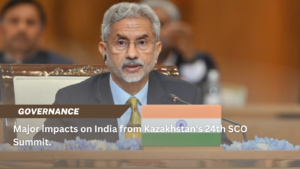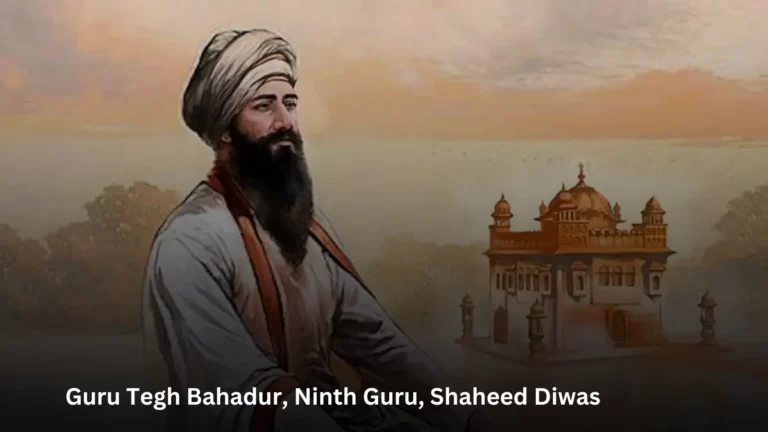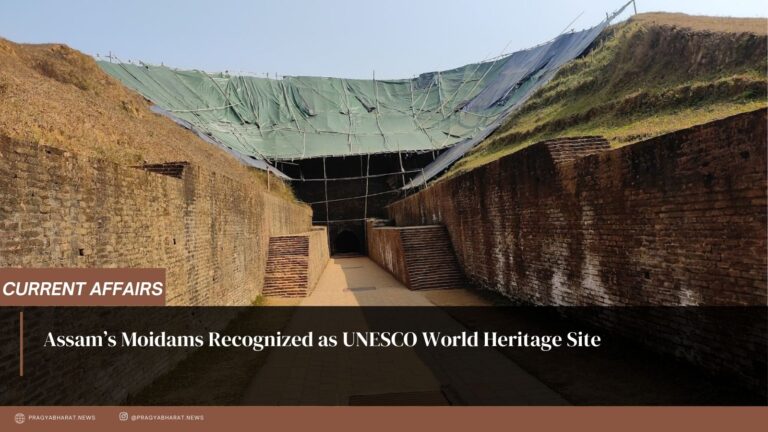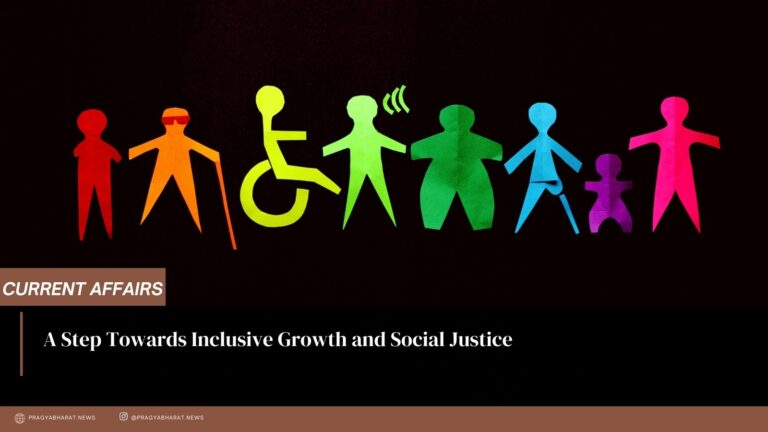Image Source:Beat of Life Entertainment
India has undergone significant administrative reforms over the years to cater to its diverse linguistic and cultural identities. The 28 states that exist in India today were not created all at once; rather, they were formed gradually over time. Several Indian states celebrate their formation day on November 1st, and some Union Territories experience a change in status on the same day. Below is a brief, chronological account of the creation of these Indian states:
Andhra Pradesh (in 1956): On this day, Andhra Pradesh was established as a separate administrative entity after breaking away from the Madras Presidency. The Telangana region, which was formerly a part of Hyderabad state, was merged with Andhra state, leading to the formation of Andhra Pradesh.
Tamil Nadu (Tamil Nadu, 1956): Tamil Nadu was formed by separating parts of Andhra Pradesh, Karnataka, and Kerala, which were previously part of the Madras Presidency. After Tamil scholar K. Sankaralinganar’s 75-day fast, the Linguistic Reorganisation of States bill was rushed through in 1956.
Kerala(1956): Kerala became the fourth state to become independent of the Madras Presidency, after Andhra Pradesh and Karnataka. This accomplishment was made possible by the union of the provinces of Malabar, Cochin, and Travancore.
Chhattisgarh (2000): Following the Madhya Pradesh Reorganisation Act of 2000, the southeastern districts of Madhya Pradesh, consisting of ten Chhattisgarhi and six Gondi-speaking regions, became the state of Chhattisgarh.
Madhya Pradesh: The State Reorganisation Act resulted in the merger of Madhya Bharat, Vindhya Pradesh, and Bhopal into Madhya Pradesh. At the same time, Bombay State annexed the Marathi-speaking Vidarbha area.
Karnataka (1956): South Indian Kannada-speaking regions merged to form the state of Karnataka. This unified entity included the princely state of Mysore, Kannada-speaking areas from the presidencies of Bombay and Madras, as well as the princely state of Hyderabad.
Haryana (1966): The Shah Commission, which was in charge of partitioning the then-existing state of Punjab and drawing the borders of Haryana, provided advice for the formation of the state of Haryana in line with the Punjab Reorganisation Act (1966).
Punjab(1966): Following the creation of Haryana on the basis of linguistic principles, the Punjabi-speaking population of Punjab, which had been originally integrated into East Punjab in 1956, formed the state under the Punjab Reorganisation Act (1966).
Lakshadweep (1973): On November 1, 1973, a group of islands in the Arabian Sea was officially recognised as an Indian Union Territory. The people of Lakshadweep gained a more prominent role in local governance as a result of this change in status.
Puducherry (Puducherry, Karaikal, Mahe, and Yanam) (1962): 1962 saw the formal union of Puducherry and its enclaves of Karaikal, Mahe, and Yanam, resulting in the creation of a Union Territory of India.This administrative change streamlined governance and linked the French-ruled territories to the Indian Union.
India’s dedication to maintaining regional identities and promoting socioeconomic development is demonstrated by the historical experiences of these states and union territories . As these regions adapt and develop, their distinct cultures and traditions will continue to be an essential part of India’s diverse fabric.




















